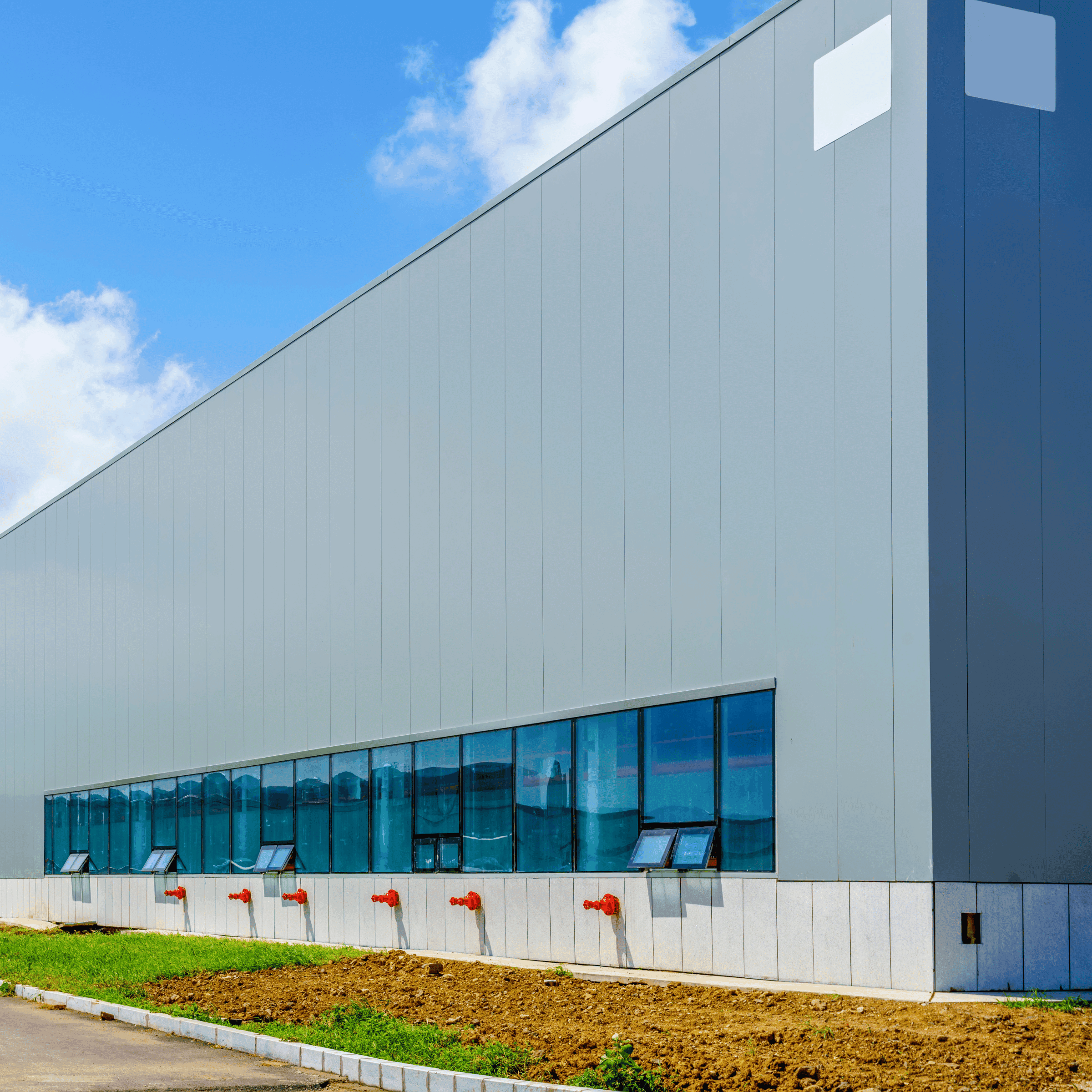The New Economics of Energy for 3PLs
Energy costs have always been treated as a fixed expense, but that’s rapidly changing. With new incentives available at the federal, state, and utility levels, 3PL operators can now offset major portions of their electricity usage while improving reliability and sustainability. These incentives are shifting warehouses from passive consumers to active energy managers—directly impacting cost per order, uptime, and RFP competitiveness.
The Incentive Landscape
1. Federal Tax Credits and Grants
Investment credits for solar panels, battery storage, and EV charging equipment can offset a large portion of installation costs. Many programs allow stacking with state or local incentives, accelerating ROI.
2. Utility Rebates and Demand Response
Utility companies offer rebates for LED lighting, HVAC upgrades, variable frequency drives (VFDs), and smart controls. Demand response programs pay facilities to reduce consumption during peak hours, further improving energy efficiency.
3. Energy-Efficient Financing
Options like Power Purchase Agreements (PPAs), energy leases, and Property Assessed Clean Energy (PACE) financing allow 3PLs to implement large-scale projects without heavy upfront investment.
4. Accelerated Depreciation and Deductions
Tax deductions for energy-efficient retrofits help offset costs, particularly for landlords and 3PLs upgrading leased spaces.

Operational Changes Inside Modern Facilities
Lower and More Predictable Costs
Solar generation and battery systems help facilities stabilize energy bills and reduce exposure to peak demand charges—leading to measurable decreases in cost per order and per pallet stored.
Improved Uptime and SLA Reliability
Battery storage provides backup power for conveyors, WMS servers, and labeling systems, reducing disruptions during outages and maintaining critical SLAs.
Higher Scores in Brand RFPs
Many enterprise brands now factor sustainability into logistics contracts. Facilities powered by renewables or equipped with energy-efficient systems gain points in RFP scoring and strengthen long-term relationships with eco-conscious brands.
Electrification of Material Handling Equipment
Incentives for lithium-ion forklifts and charging infrastructure are improving uptime, reducing maintenance costs, and cutting emissions on the warehouse floor.
Cold Chain and Product Integrity
Energy-efficient insulation, high-speed doors, and battery-backed compressors help maintain temperature compliance and reduce spoilage for temperature-sensitive goods.
Building the Financial Case
3PLs can layer multiple financial advantages:
- Capex incentives combined with utility rebates
- Demand response payments for load reductions
- Reduced maintenance costs through LED and HVAC upgrades
- Long-term rate stability with on-site generation
When tied to operational metrics such as $/order, downtime avoided, or RFP success rates, the financial impact becomes even clearer.

Implementation Path for 3PLs
1. Assess Energy Baseline
Collect 12–24 months of energy bills and analyze peak consumption. Identify patterns tied to machinery, conveyors, and HVAC systems.
2. Target Quick Wins
Retrofit LED lighting, install dock seals, and add high-volume low-speed (HVLS) fans. These upgrades are simple, rebate-rich, and minimally disruptive.
3. Evaluate Solar and Battery Storage
Check roof condition, shading, and electrical infrastructure. Consider carport solar if roof space is limited, and model battery systems for demand-charge reduction.
4. Electrify Forklift Fleets
Upgrade to lithium-ion systems and apply for state or utility rebates to cover charger installation and fleet conversion costs.
5. Integrate Energy Management Systems (EMS)
Link EMS with WMS schedules to automatically shift high-load activities to non-peak hours and coordinate HVAC usage for different pick zones.
6. Establish Renewable Energy Reporting
Track energy savings and renewable usage to include in RFP submissions, sustainability reports, and ESG audits.
Adapting to Leased Warehouses
Most 3PLs lease rather than own their facilities, but that doesn’t eliminate opportunity.
- Use green lease addenda to define ownership of systems and incentives.
- Collaborate with landlords to implement shared-savings models or PPAs.
- Align energy projects with roof maintenance schedules or planned expansions.
Safety, Compliance, and Risk Management
- Follow NFPA and electrical codes for battery installations and emergency systems.
- Maintain arc-flash labeling and updated training for maintenance teams.
- Ensure upgrades meet FDA, GMP, or ISO standards for regulated goods.
- Protect automation infrastructure with surge suppression and backup systems.

Measurable KPIs
- Energy cost per order
- Demand charges reduced ($/kW)
- Renewable generation (kWh/month)
- Battery events and uptime data
- Temperature compliance rates (%)
- Forklift charging off-peak ratio
- RFP sustainability scores or points earned
Tracking these metrics helps justify energy investments and demonstrate value to brand partners.
How This Transforms 3PL Competitiveness
Energy-efficient and renewable-powered facilities are now winning more business. Brands prioritize partners who can demonstrate resilience, sustainability, and cost stability. Facilities leveraging incentives effectively are:
- Reducing overhead costs
- Maintaining uptime during grid disruptions
- Supporting ESG goals for major retail clients
- Enhancing long-term asset value and profitability

Start saving through sustainability.
Contact Us





